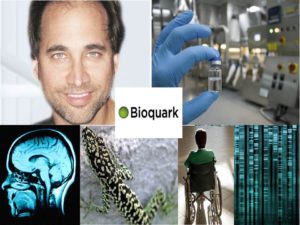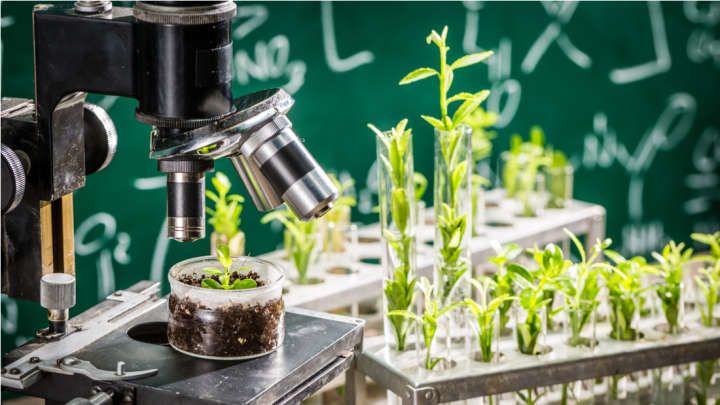Archive for the ‘bioengineering’ category: Page 167
Jan 25, 2018
Bioquark Inc. — Best Damn Podcast — Ira Pastor
Posted by Ira S. Pastor in categories: aging, bioengineering, business, cosmology, cryonics, DNA, futurism, genetics, health, life extension
Jan 25, 2018
Bioquark Inc. — Caring For Aging Parents Podcast — Ira Pastor
Posted by Ira S. Pastor in categories: aging, bioengineering, biotech/medical, business, cryonics, DNA, genetics, health, life extension
Jan 23, 2018
Bioquark Inc. — Bloomer Boomer — “Plus 50″ Good Life Movement — Ira Pastor
Posted by Ira S. Pastor in categories: aging, bioengineering, biotech/medical, cryonics, disruptive technology, futurism, genetics, health, science, transhumanism
Jan 23, 2018
Bioquark Inc. — Staying Alive UK Show — Ira S. Pastor
Posted by Ira S. Pastor in categories: aging, bioengineering, biotech/medical, business, disruptive technology, DNA, futurism, genetics, health, neuroscience
Jan 22, 2018
Bioquark Inc. — The Richard Syrett Show — Ira Pastor — Bioregeneration
Posted by Ira S. Pastor in categories: aging, bioengineering, biotech/medical, bitcoin, cosmology, cryonics, disruptive technology, DNA, futurism, health

Jan 22, 2018
Bioquark Inc. — HVMN Enhancement Podcast — Ira Pastor
Posted by Ira S. Pastor in categories: aging, bioengineering, biotech/medical, disruptive technology, DNA, futurism, genetics, health, innovation, life extension

Jan 22, 2018
USA WEEKLY — Ira S. Pastor — CEO at Bioquark Inc.
Posted by Ira S. Pastor in categories: aging, bioengineering, biotech/medical, business, disruptive technology, DNA, futurism, genetics, science, transhumanism
Jan 21, 2018
Bioquark Inc. — The Edge News Television — Ira Pastor
Posted by Ira S. Pastor in categories: aging, alien life, bioengineering, biotech/medical, cosmology, DNA, futurism, genetics, geopolitics, life extension
Jan 21, 2018
DARPA Thinks Bioengineered Spy Plants Are “The Future Of Intelligence Gathering”
Posted by Klaus Baldauf in categories: bioengineering, military, robotics/AI
If any organization embodies our idea of the classic mad inventors, just running amock with crazy ideas, it’s DARPA jumping dog robot? Sure. Self-guiding bullets? What can go wrong? Vertical take-off plane? Well, why not? Bioengineered spy plants? Wait, what?
Yes, the Defense Advanced Research Projects Agency – DARPA – the part of the US Department of Defense responsible for developing technologies to be used by the military, is planning to bioengineer plants for intelligence gathering.
DARPA says its new program “envisions plants as discreet, self-sustaining sensors capable of reporting via remotely monitored, programmed responses to environmental stimuli.” Because that doesn’t sound terrifying at all. Somewhere between 1984’s foliage microphones and the classic “bug” in a pot plant.











